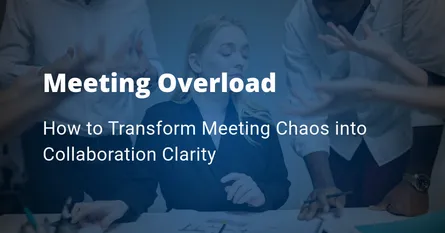Strengthening your organization’s capacity for collaboration requires a combination of long-term investments—in building relationships and trust, in developing a culture in which management and people leaders are role models of cooperation—and smart near-term decisions about the ways teams are formed, roles are defined, and challenges and tasks are articulated. Practices and structures that may have worked well with simple teams of people who were all in one location and knew one another are likely to lead to failure when teams grow more complex and become distributed, so the question becomes just how to build a more collaborative team.
Reasons Team Collaboration May Suffer
When tackling a major initiative like an acquisition or an overhaul of internal systems, companies rely on large, diverse teams of specialists to get the job done. These teams often are convened quickly to meet an urgent need and work together virtually, collaborating online and sometimes over long distances.
Appointing such a team is frequently the only way to assemble the knowledge and breadth required to pull off many of the complex tasks businesses face today. When the BBC covers the World Cup or the Olympics, for instance, it gathers a large team of researchers, writers, producers, cameramen, and technicians, many of whom have not met before the project. These specialists work together under the high pressure of a “no retake” environment, with just one chance to record the action. Similarly, when the central IT team at Hilton Grand sets out to develop sophisticated systems to enhance guest experiences, it has to collaborate closely with independent hotel owners, customer-experience experts, global brand managers, and regional heads, each with his or her own agenda and needs.
Consider this though. Although teams that are that large, virtual, diverse, and composed of highly skilled specialists are crucial to addressing challenging projects, those same four characteristics can make it hard for teams to get anything done. For example, members of complex teams are less likely to share knowledge freely, to learn from one another, to shift workloads flexibly to break up unexpected bottlenecks, to help one another complete jobs and meet deadlines, and to share resources—in other words, to collaborate.
As teams become more virtual or distributed, we also see collaboration decline, unless the company has taken measures to establish a collaborative culture. As for diversity, the challenging tasks facing businesses today almost always require the input and expertise of people with disparate views and backgrounds to create cross-fertilization that sparks insight and innovation. But diversity also creates problems.
Research shows that team members collaborate more easily and naturally if they perceive themselves as being alike. The differences that inhibit collaboration include not only nationality but also age, educational level, and even tenure. Greater diversity also often means that team members are working with people that they know only superficially or have never met before—colleagues drawn from other divisions of the company, perhaps, or even from outside it. As you might imagine, team members become less likely to share knowledge or exhibit other collaborative behaviors.
So how can you strengthen your organization’s ability to perform complex collaborative tasks—to maximize the effectiveness of large, diverse teams, while minimizing the disadvantages posed by their structure and composition -- that is, how to build a more collaborative team?
1. Secure Top Level Support to Build a Collaborative Team
How to build a collaborative team when you aren't supported? You can't! At the most basic level, a team’s success or failure at collaborating reflects the philosophy of top executives in the organization. Teams do well when executive management invests in supporting social relationships, demonstrates collaborative behavior, and creates positive interactions with employees and colleagues.
The most collaborative companies have “signature” practices—practices that are memorable, difficult for others to replicate, and particularly well suited to their own business environment.
For example, when Royal Bank of Scotland’s CEO, Fred Goodwin, invested £350 million to open a new headquarters building outside Edinburgh in 2005, one of his goals was to foster productive collaboration among employees. Built around an indoor atrium, the new structure allows more than 3,000 people from the firm to rub shoulders daily.
The headquarters is designed to improve communication, increase the exchange of ideas, and create a sense of community among employees. Many of the offices have an open layout and look over the atrium—a vast transparent space. The campus is set up like a small town, with retail shops, restaurants, jogging tracks and cycling trails, spaces for picnics and barbecues—even a leisure club complete with swimming pool, gym, dance studios, tennis courts, and football pitches. The idea is that with a private “Main Street” running through the headquarters, employees will remain on the campus throughout the day—and be out of their offices mingling with colleagues for at least a portion of it.
To ensure that non-headquarters staff members feel they are a part of the action, Goodwin also commissioned an adjoining business school, where employees from other locations meet and learn. The visitors are encouraged to spend time on the headquarters campus and at forums designed to give employees opportunities to build relationships.
Modeling collaborative behavior. In companies with thousands of employees, relatively few have the opportunity to observe the behavior of the senior team on a day-to-day basis. Nonetheless, even perceived behavior of senior executives plays a significant role in determining how cooperative teams are prepared to be. While the behavior of the executive team is crucial to supporting a culture of collaboration, the challenge is to make that behavior visible.
One way to do this is to invest in travel again. This investment in face-to-face interaction creates many opportunities for people across the company to see the top executives in action. Internal communication should be frequent and open, because the senior team’s collaborative nature trickles down throughout the organization. Employees quickly learn that the best way to get things done is through informal networks. And the most productive, innovative teams are led by people who are both task- and relationship-oriented. What’s more, these leaders can change their style during the project.
2. Have Focused HR Practices for How to Build a More Collaborative Team
So what about human resources? Is collaboration solely in the hands of the executive team? Studies have looked at the impact of a wide variety of HR practices, including selection, performance management, promotion, rewards, and training, as well as formally sponsored coaching and mentoring programs.
Some studies, for example, show that the type of reward system—whether based on team or individual achievement, or tied explicitly to collaborative behavior or not—had no discernible effect on complex teams’ productivity and innovation. Although many formal HR programs may have limited impact, two practices did improve team performance: training in skills related to collaborative behavior, and support for informal community building. Where collaboration was strong, the HR team has typically made a significant investment in one or both of those practices—often in ways that uniquely represent the company’s culture and business strategy.
In the research, PricewaterhouseCoopers emerges as having one of the strongest capabilities in productive collaboration. With responsibility for developing 140,000+ employees in nearly 150 countries, PwC’s training includes modules that address teamwork, emotional intelligence, networking, holding difficult conversations, coaching, corporate social responsibility, and communicating the firm’s strategy and shared values. PwC also teaches employees how to influence others effectively and build healthy partnerships.
3. Support Community Building
While a communal spirit can develop spontaneously, HR can also play a critical role in cultivating it, by sponsoring group events and activities such as women’s networks, ERGs, or creating policies and practices that encourage them.
For example, at ABN Amro, teams rated the company’s support for informal communities very positively. The firm makes the technology needed for long-distance collaboration readily available to groups of individuals with shared interests—for instance, in specific technologies or markets—who hold frequent web conferences and communicate actively online. The company also encourages employees that travel to a new location to arrange meetings with as many people as possible. As projects are completed, working groups disband but employees maintain networks of connections. These practices serve to build a strong community over time—one that sets the stage for success with future projects.
4. Foster Collaborative People Leaders
How can you expect teams to be collaborative if their leaders aren't? So it’s no surprise that the most productive, innovative, and healthiest teams are typically led by people who are both task- and relationship-oriented. These leaders change their style during a project. Specifically, at the early stages they exhibit task-oriented leadership: They make the goal clear, engage in debates about commitments, and clarify the responsibilities of individual team members. However, at a certain point in the development of the project, they switch to a relationship orientation. This shift often takes place once team members have nailed down the goals and their accountabilities and when the initial tensions around sharing knowledge begin to emerge.
Producing team leaders that have both relationship and task skills should be a core goal of team-leadership development for companies. A company’s performance-review process should emphasize growth in both kinds of skills. As evidence of their relationship skills, managers are asked to describe their peer network and cite examples of specific ways that network helped them succeed. They also must provide examples of how they’ve used relationship building to get things done. The development plans that follow these conversations explicitly map out how the managers can improve specific elements of their social relationships and networks. Such a plan might include, for instance, having lunch regularly with people from a particular community of interest.
To improve task leadership, have potential leaders participate in project-management certification programs, taking refresher courses to maintain their skills over time. Evidence of both kinds of capabilities becomes a significant criterion on which people are selected for key leadership roles at the company.
5. Clearly Define Roles
How to build a collaborative team without clearly defined roles? Good luck! Collaboration improves when the roles of individual team members are clearly defined and well understood—when individuals feel that they can do a significant portion of their work independently. Without such clarity, team members are likely to waste too much energy negotiating roles or protecting turf, rather than focus on the task. In addition, team members are more likely to want to collaborate if the path to achieving the team’s goal is left somewhat ambiguous. If a team perceives the task as one that requires creativity, where the approach is not yet well known or predefined, its members are more likely to invest time and energy in collaboration.
Let’s look at a study of the teams at the BBC, who were responsible for the radio and television broadcasts of the 2006 Proms (a two-month-long musical celebration), the team that televised the 2006 World Cup, and a team responsible for daytime television news. These teams were large—133 people worked on the Proms, 66 on the World Cup, and 72 on the news—and included members with a wide range of skills and from many disciplines. One would imagine, therefore, that there was a strong possibility of confusion among team members.
To the contrary, researchers found that the BBC’s teams scored among the highest with regard to the clarity with which members viewed their own roles and the roles of others. Every team was composed of specialists who had deep expertise in their given function, and each person had a clearly defined role. There was little overlap between the responsibilities of the sound technician and the camera operator, and so on. Yet the tasks the BBC teams tackle are, by their very nature, uncertain, particularly when they involve breaking news. The trick the BBC has pulled off has been to clarify team members’ individual roles with so much precision that it keeps friction to a minimum.
6. How to Build a More Collaborative Team? Invest in Collaboration Technology
To accelerate all of these practices and with pandemic-imposed changes to business models, you’ll need to build and empower teams with the right tools. As your company grows or pivots, it’s critical to invest in solutions that can power more effective cross-functional collaboration and increase employee productivity. In a recent study conducted by real estate property technology provider JLL Technologies, 55% of office-based employees are now in a hybrid working pattern. Still, companies on average have adopted only four out of 15 recommended technologies to address the hybrid work transformation.
For its “Technology and Innovation in the Hybrid Age” study, JLL created a list of what it calls “anchor technologies” that employers should consider providing employees. They include technology that addresses remote working, in-office collaboration, workplace experience, digital connectivity and more. It doesn’t have to be a large undertaking or expensive. A cost-effective way to think of this is to create a baseline KPI, such as profit per employee. As you invest in productivity tools, your profit per employee has the ability to increase. This assumes you are growing the business. If revenue is consistent, then you would be looking at productivity solutions that allow you to reduce costs and overhead.
Either way, consider implementing a collaboration and coaching solution. It’s one of the most important technology tools in the healthy team toolkit. This can begin as easily as putting personality insights at the fingertips of every employee, where they communicate most often -- think video meetings, email, and chat. You’re probably already using communication tools like Slack, Microsoft Teams, Gmail, Outlooks and more! But you’re probably not optimizing your use of those tools for your team.
With a simple plug-in, you can give your staff the kind of information needed to better communicate and collaborate with one another, build trust more quickly, and take the guesswork out of ‘how to collaborate’ – allowing them to spend time on the work that matters.
For example, imagine being able to click on meeting participants and see real-time tips and recommendations for communicating, motivating, and influencing. Imagine seeing this same information in aggregate for your meeting group. Imagine knowing who best to tap on for pre- or post-meeting action items, for helping leading certain initiatives while identifying those better suited to document or support, and who might benefit from a heads up on particular messages — all of which take into account your team members’ behaviors, motivators, and work energizers in an easy-to-understand way.
It’s important to give team members the opportunity to thrive and do the job they were hired to do -- instead of requiring them to spend their valuable time figuring out how to work better with one another. The truth is, most people won’t take their time to figure out how to collaborate better, and as a result, connection wanes, relationships are reduced to transactions, and performance suffers. Don’t let team members go down this road when there are easier tech-enabled ways to do it. Doing so drives trust in your processes and leadership ability, and keeps employees engaged and performing at their highest levels. That's how to build a more collaborative team.
At the end of the day, most of the factors that impede collaboration today would have impeded collaboration at any time in history. However, the teams of yesterday didn’t require the same amount of members, diversity, long-distance cooperation, or expertise that teams now need to solve today’s global, increasingly complex business challenges. So the models for teams should realign with the demands of the current business environment. Through careful attention to the factors described here is how to build a collaborative team, and in doing so, companies can ultimately experience better performance across the board.




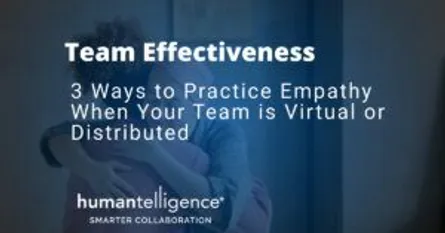








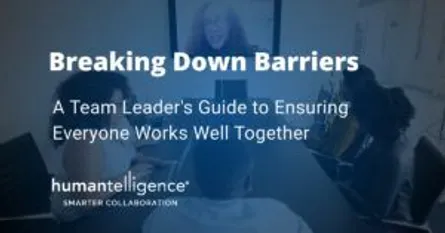
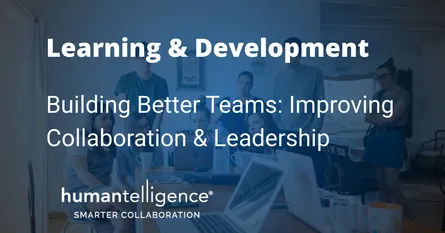

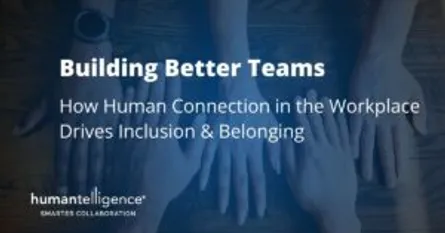

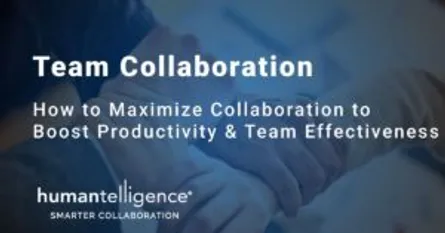
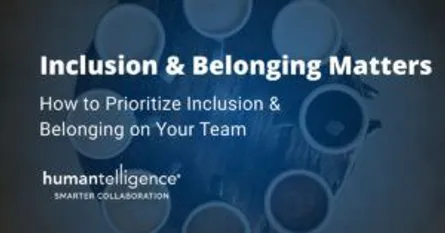



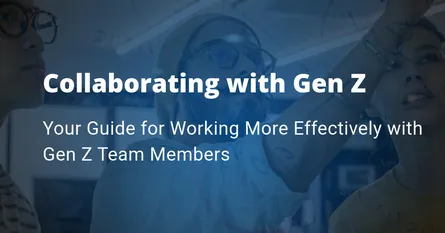
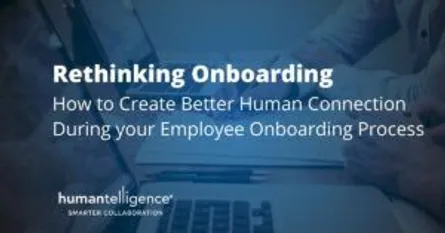


-Low-Quality.DNBpXyLx_1VXSiM.webp)
.CiqwvMOO_A63sY.webp)
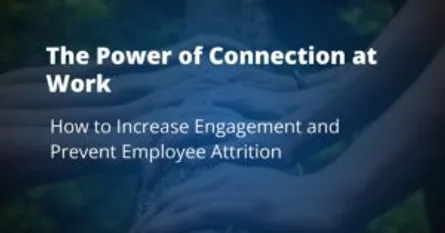
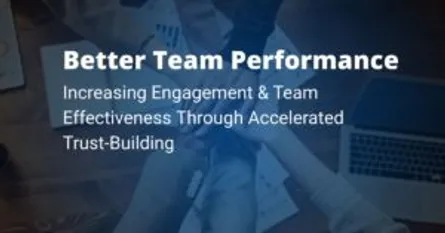

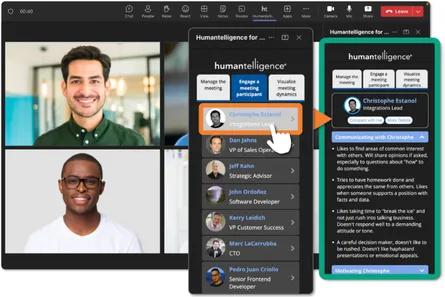

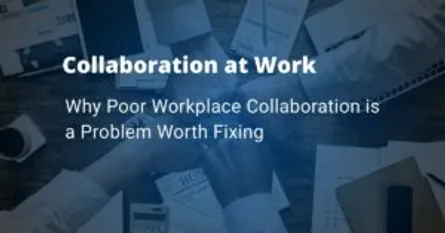
-Medium-Quality.ZFp5mEuF_Z13ebXJ.webp)
